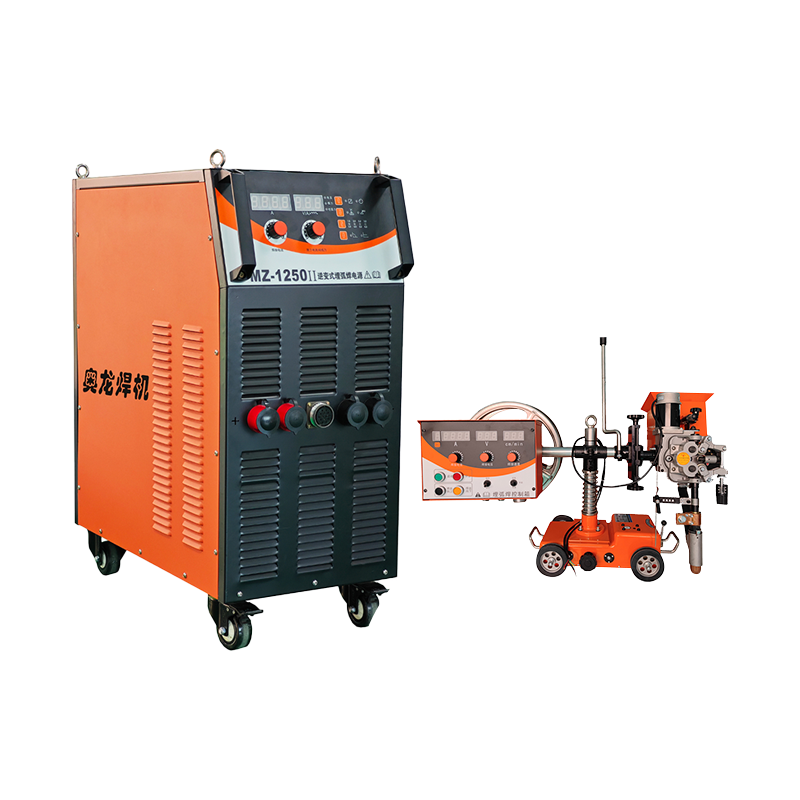NBC-315S/NBC-350S 380V 350A IGBT Inverter Portable welder 2T/4T MIG/MAG/MMA(GMAW/SMAW)
Cat:Gas shielded welding machine
1、The welding machine is small and can be connected to a wire feeder. ...
See DetailsThe high deposition rate and welding speed of Submerged Arc Welding machines offer significant advantages in terms of cost efficiency. Here’s how:
With a higher deposition rate, SAW allows welders to complete jobs faster, reducing the time and labor required for each weld. The faster completion of welds, especially on large-scale projects, leads to lower labor costs as fewer man-hours are needed.
SAW’s ability to deposit more metal per pass means that fewer passes are required to complete a weld, particularly on thick materials. This reduces the consumption of welding wire and flux, leading to lower material costs.
The high-speed welding process of SAW increases the number of completed welds in a given time frame, improving overall throughput. This increased productivity enables businesses to take on more projects within the same timeframe, leading to higher revenue generation with minimal increases in overhead costs.
Since fewer passes are required and welds are completed more quickly, the overall energy consumption per weld is reduced. SAW machines typically use higher currents, but the efficiency of the process minimizes operating time and energy use, leading to lower electricity costs.
The high-quality welds produced by SAW, with minimal defects like porosity or spatter, result in fewer instances of rework or scrapping of parts. Reducing waste and rework not only saves time but also cuts costs associated with materials, labor, and downtime.
The flux used in SAW not only protects the weld but also reduces the need for shielding gases, which are typically used in other welding processes like MIG or TIG. The reduced use of gases and minimal spatter and waste from the welding wire lower the overall cost of consumables.

SAW produces very little spatter and results in smooth weld surfaces, reducing the need for extensive post-weld cleaning, grinding, or finishing. This saves time and reduces the costs associated with cleaning equipment and labor for surface preparation.
SAW machines are well-suited for continuous operation, meaning less downtime between welds and fewer interruptions during production. This helps companies maintain high levels of output without frequent breaks for maintenance or setup adjustments, which reduces operational costs.
SAW can be automated easily, which increases the efficiency and consistency of welds while reducing the need for manual intervention. Automation reduces the risk of human error, improves weld accuracy, and allows for 24/7 operation with minimal oversight, further driving down labor and operational costs.
By optimizing material usage, labor, energy, and operational time, the high deposition rate and welding speed of SAW lead to considerable cost savings, making it highly efficient for industrial-scale welding applications.
Contact Us